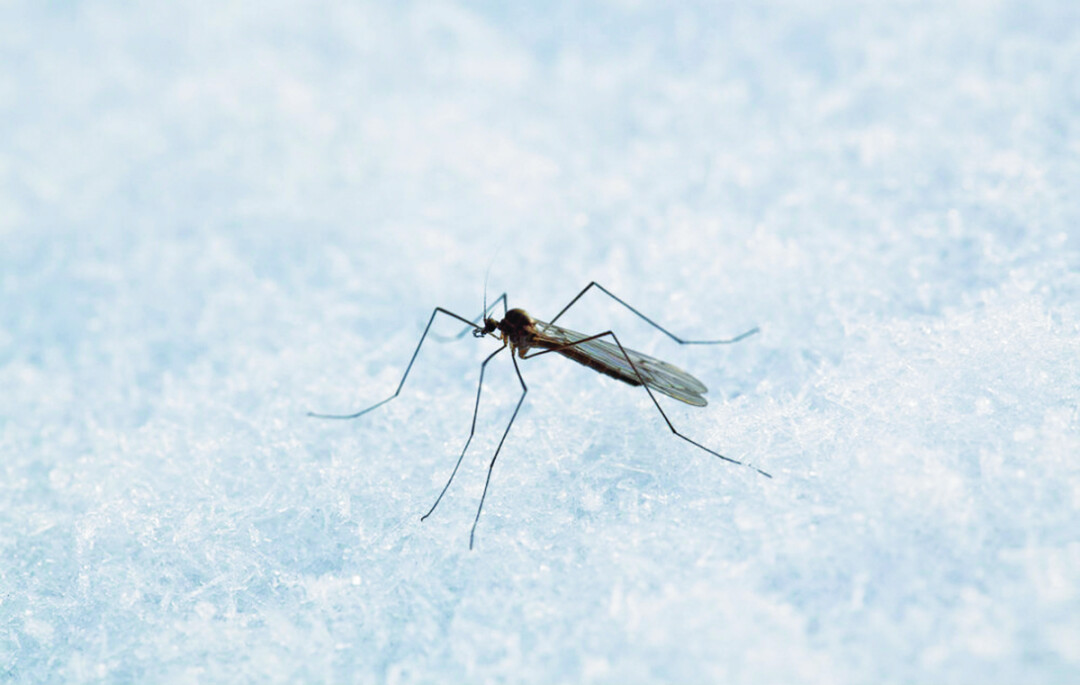Neat-O Mosquito: How Do Bloodthirsty Bugs Survive Wisconsin's Winter?

Ah, spring at last! The snow is melting, the birds are singing, the mosquitoes are buzzing … the mosquitoes are buzzing!? Weren’t they all dead just a few weeks ago? Where did they come from?
Just like other animals, insects have all kinds of ways to survive through the long, cold, Wisconsin winter. You may think mosquitoes migrate, like birds, but only a few species of insects migrate. (For example, monarch butterflies fly thousands of miles to the Sierra Madres Mountains of Mexico. After their winter vacation, monarchs make the trip back north. )
Mosquitoes don’t migrate, though. In a few of Wisconsin’s mosquito species, the adult females tough out the winter. In autumn, they build up their fat reserves and find a sheltered place. Some of the water in their body is replaced with glycerol, which keeps ice crystals from forming. It’s like antifreeze in a car! Then they enter a state called “diapause.” They stop developing and moving and conserve as much energy as possible. As soon as it warms up in early spring, they start buzzing and can lay eggs right away.
In most other species of Wisconsin mosquitoes, all of the adults die off in the autumn, leaving behind larvae, pupae, and most commonly, eggs. It only takes 10 days for a mosquito egg to grow into an adult.
Scientists are interested to see how insect populations are affected by climate change. Wisconsin’s very cold winters usually kill many mosquitoes overwintering as adults, but the warmer winters we have been having lately mean more mosquitoes survive until spring, while other insects that need a consistent temperature below freezing will not do as well.
Thanks to Arthur Kneeland, a senior lecturer in the Biology Department at UW-Stout, for help with this article.


















